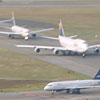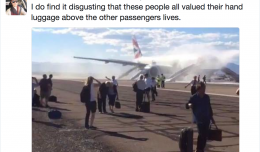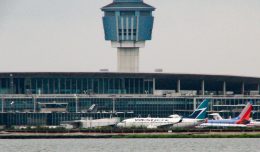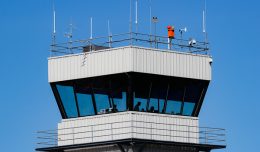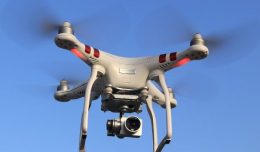One doesn’t have to be a super gold, diamond, emerald, extra special VIP traveler to have experienced the delays that plague the three major New York area airports. This summer saw the worst delays at JFK, LaGuardia, and Newark since what has become known as the “infamous summer of 2000.” The taxiways at JFK resembled something more like the L.I.E. on a Friday evening heading to the Hamptons; you knew you’d get there, you just didn’t know when.
One can’t point a finger to just one cause of the delays at our local airports. It’s been a collective effort that have helped cause the misery all of us have suffered sitting on a taxiway numbered 59th for takeoff. Who’s at fault here? Well let’s take a look. The majority of the blame can be squarely aimed at the FAA.
It goes without saying that the FAA’s big government style of management has hampered key improvements in the traffic flow of today’s commercial airlines. A good example of this is JFK’s approach and departure routes that have not been updated in 30 years. This summer was the first time JFK began “trying out” using multiple runway departures in the morning hours where all west bound traffic would use runway 31L and southbound and eastbound traffic used 4L. Come the afternoon however JFK uses only one runway for departures and two runways for arrivals a majority of the time. Only last week I was fortunate enough for the umpteenth hundredth time to have experienced seeing JFK’s single action departure program in use.
I find it inexcusable that an airport with parallel and intersecting runways is under utilizing its capacity and causing headaches to travelers simply trying to get to their destinations in a reasonable period of time. Its bad enough sitting in Delta’s and jetBlue’s overcrowded dilapidated terminals for any amount of time let alone sit on a taxiway with no idea of when you’ll be taking off. I’m going to quote an American Airlines pilot of flight 585 from Saturday October 6th as we sat waiting to take off. “Ladies and gentleman I’m truly sorry for the delay this evening, our performance has been less then stellar today and I just don’t know when we’ll be taking off. I haven’t been told our place in the line and based on the frustration I’m hearing from the JFK tower controllers tonight I’d rather not ask as others have and they’ve been put further back in the sequence.”
Is it getting that bad that experienced pilots are afraid to ask what I think is a reasonable question, “When are we going to take off,” because the controllers at JFK, in some kind of retaliation move planes further back in the take off sequence if a pilot dares to ask? One thing that stands out to me is the word “frustration.” We all know that working ATC is a stressful job, but I think the last thing we want as travelers is our safety being put at risk because a controller is frustrated and may very well make a bad call. Our Control Tower staff needs the tools and the proper staffing to do their jobs safely and professionally. It’s time the citizens of this country wake up and demand that the FAA move into the 21st century and provide us with safe, efficient travel and do something to reduce delays!
While I put a big part of this blame on the FAA, the airlines also need to take up a part of this blame. One has to see the Delta terminal during the peak European departure hours at JFK; it looks as if their entire fleet is on the ground. I’ll even quote a JFK controller who squarely put a Delta 757 Captain in his place this past July. The 757 Captain kept asking when he could move a number of times. The JFK controller finally said “Well if you’re entire damn fleet wasn’t on the ground I’d get you moving. Tell you’re ground staff to get their acts together.” The Delta pilot didn’t ask again. Even jetBlue, who continues its expansion from JFK totally ignores the fact that their current terminal can’t handle the level of flights they have coming in and out. During peak times when jetBlue begins to suffer delays, many of their inbound flights are using airstairs and buses to move people to the terminal.
The only two airlines in the New York area that have recognized the fact that our airports and airspace are maxed out are American and Continental. American years ago recognized the fact that their JFK facilities were outdated, invested over a billion dollars in creating a terminal that can handle its future and current requirements at JFK. Unlike Delta and jetBlue, American didn’t open their new terminal and add a ton of new flights. American’s expansion in the New York area has been controlled and paced. Continental over at Newark has shifted many of its RJ flights to Cleveland giving travelers the ability to make connections at an airport that doesn’t suffer the delays like our local airports suffer.
There’s no simple answer to our air traffic woes here in New York, everyone from the FAA, local government, and the airlines need to work together to correct it, but the time has come to stop worrying and debating whether or not we have working lavs while sitting 59th in line for take off, but how to get these planes off the ground ON-TIME!


